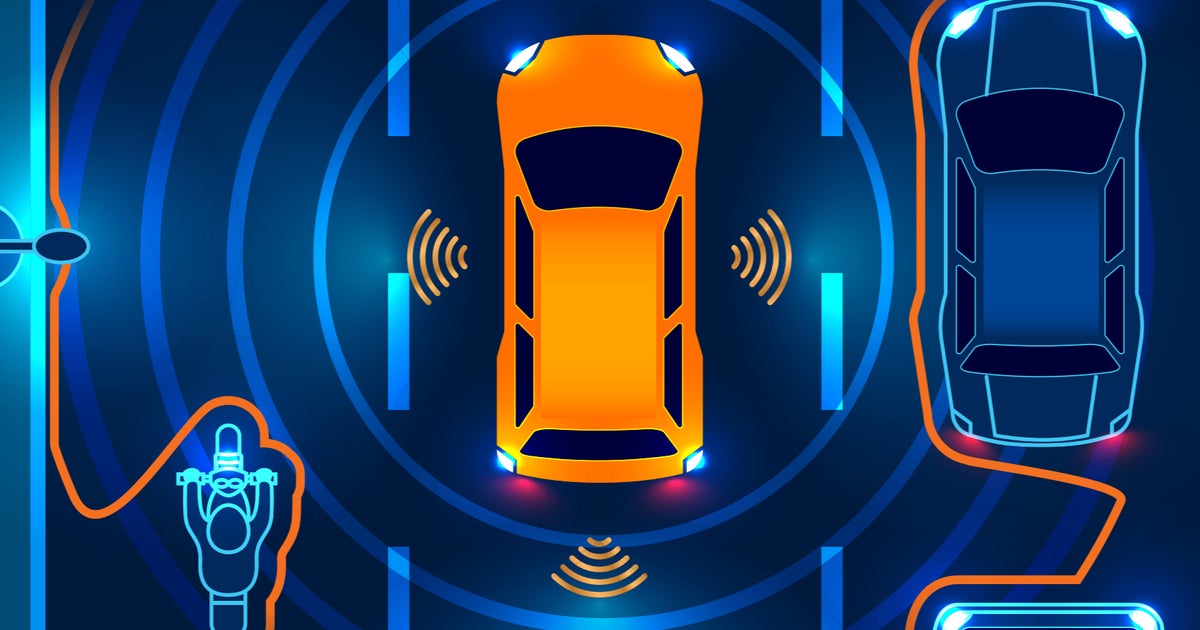Art Bounty
Discover the vibrant world of art and creativity.
Driving into the Future: How Autonomous Vehicles Are Steering Us Towards a New Era
Discover how autonomous vehicles are revolutionizing transportation and shaping our future. Buckle up for the ride of a lifetime!
The Technology Behind Autonomous Vehicles: How They Work
The technology behind autonomous vehicles encompasses a complex integration of advanced systems and innovative designs aimed at achieving safe and efficient self-driving capabilities. At the core of this technology is the sensor suite, which includes cameras, LIDAR, radar, and ultrasonic sensors. These components work together to gather real-time data from the vehicle's surroundings, enabling it to identify road signs, pedestrians, other vehicles, and various obstacles. The captured data is then processed using sophisticated algorithms and machine learning models that allow the vehicle to make informed decisions based on its environment.
In addition to sensing technology, autonomous vehicles rely heavily on artificial intelligence and robust software systems for navigation and control. Advanced algorithms analyze the data collected from sensors to create a detailed map of the vehicle's surroundings, which is crucial for safe navigation. These systems also employ GPS technology for precise positioning and path planning, enabling the vehicle to choose the best route while adhering to traffic laws. Ultimately, the combination of these technologies empowers autonomous vehicles to operate independently, revolutionizing transportation and enhancing road safety.

The Benefits of Self-Driving Cars: Safety, Efficiency, and Beyond
Self-driving cars represent a significant advancement in automotive technology, promising enhanced safety on our roads. One of the core benefits is their ability to reduce human error, which is responsible for approximately 94% of traffic accidents. These autonomous vehicles utilize advanced sensors, machine learning algorithms, and real-time data processing to make split-second decisions that can prevent collisions. Additionally, by adhering to traffic laws and maintaining optimal speeds, self-driving cars contribute to a noticeable decrease in reckless driving behavior.
Beyond safety, self-driving cars offer improved efficiency in road usage and urban planning. Automated vehicles have the potential to reduce congestion by optimizing driving routes and decreasing the need for extensive parking areas, thus freeing up valuable space in urban environments. Furthermore, these vehicles can assist in lowering emissions by promoting eco-friendly driving patterns, such as smoother acceleration and deceleration. As we look to the future, the advent of self-driving technology not only enhances personal mobility but also reimagines our transportation infrastructure to create a more sustainable world.
Are We Ready for a Driverless Future? Addressing Public Concerns and Misconceptions
The advent of driverless technology has sparked an intense debate about its readiness and implications for society. While many enthusiasts highlight the potential benefits such as reduced traffic accidents, lowered emissions, and enhanced traffic flow, concerns about public safety and job displacement loom large. Critics argue that the technology is not yet foolproof, citing instances of accidents involving autonomous vehicles. These incidents can erode public trust and lead to widespread skepticism about the reliability and safety of driverless cars. Furthermore, the lack of regulatory frameworks raises questions about accountability in the event of an accident, leading many to wonder, are we truly prepared for a driverless future?
Addressing these public concerns is vital for the acceptance of autonomous vehicles. Education plays a crucial role in dispelling misconceptions; for example, many people still believe that driverless cars do not require human input at all, when in fact, a human operator is often necessary for oversight during precarious situations. In addition, transitioning to a driverless future will not only require technological advancements but also significant changes in infrastructure, policy, and public mindset. Engaging communities through open forums and pilot programs can help demystify the technology and ease fears, ultimately paving the way for a more informed dialogue about the future of transportation.